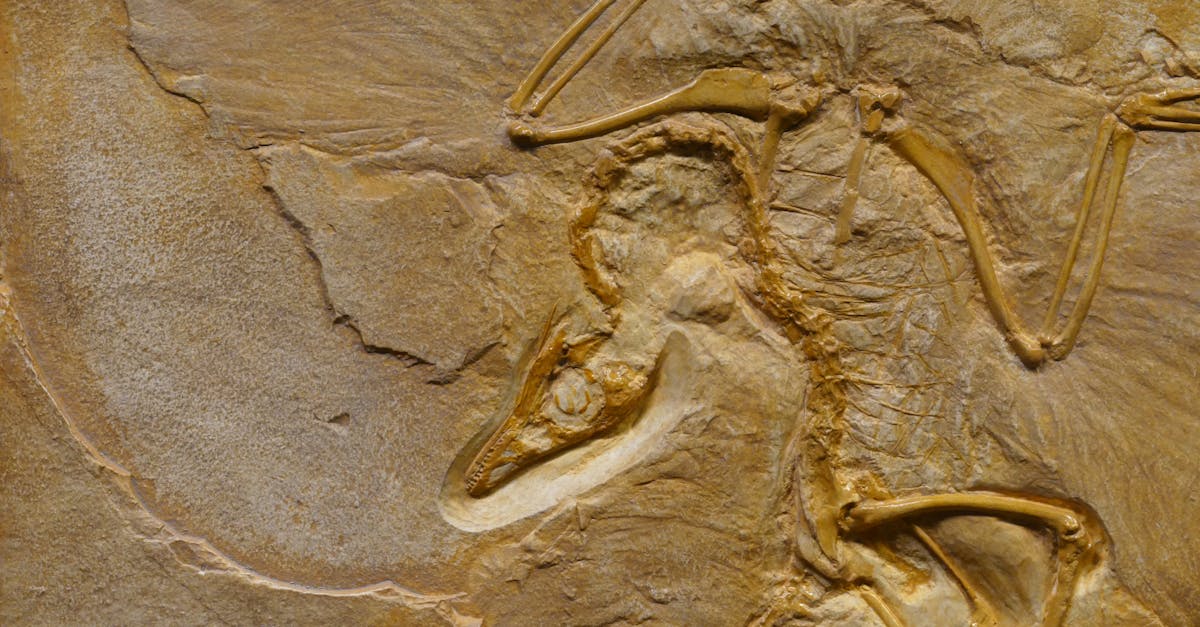Here is a fascinating journey through the evolution of the famous MBTI test, a true mosaic of personalities that continues to reinvent itself. Born from the ingenuity of Katharine Cook Briggs and her daughter Isabel Briggs Myers in the 1940s, this questionnaire was inspired by the work of Carl Jung. Since then, the MBTI has conquered the world, helping millions of people better understand who they are. Although dominant for decades, it has managed to adapt while seeing alternatives like HEXACO emerge. The personality profiles obtained can evolve over time, reflecting changes in our personal preferences. Today, the MBTI shines its 16 personalities around the globe, proving that in the universe of words and letters, each combination holds its own magic.

At the beginning of the 20th century, two visionary women, Katharine Cook Briggs and her daughter Isabel Briggs Myers, laid the foundation for the famous MBTI personality test, inspired by the work of Carl Jung. Their ambition was to create a tool to better understand the different human personalities.
The questionnaire truly came to life in the 1940s, marking a major advancement in psychological evaluation through a structured approach. The MBTI has consistently gained popularity and influence over the decades, being used by nearly two million people each year around the globe.
Over time, the test has evolved to adapt to the changing needs of individuals and organizations. This evolution has allowed for continuous improvement of its dimensions and impact, incorporating regular updates to reflect more nuanced and robust modern practices.
However, despite its undeniable success, the MBTI has faced some criticisms, particularly regarding its reliability and limitations. These challenges have encouraged the emergence of more elaborate models, such as HEXACO, illustrating an unending quest for a deeper understanding of human personality.

the origin of the MBTI test
The journey of the Myers-Briggs Type Indicator (MBTI) began in the early 20th century thanks to the efforts of Katharine Cook Briggs and her daughter, Isabel Briggs Myers. These two pioneers, fascinated by theories surrounding human personality, drew inspiration from the work of Carl Jung to develop what would become one of the most popular personality tests worldwide. During the 1940s, they began testing that led to the sixteen personality types we know today.
the growing popularity of the MBTI
Since its humble beginnings, the MBTI test has transformed into a prized tool worldwide. Each year, over two million people use it to better understand themselves. With its famous four letters, representing personal inclinations such as extroversion or introversion, the MBTI helps clarify individuals’ natural preferences. However, despite its fame, there are many discussions about the evolution of profiles. It can be noted that preferences can evolve over time, making the profiles more dynamic than one might initially think.
the challenges and future of the MBTI
While the MBTI has long dominated global personality tests, it has also faced some criticisms, particularly regarding its scientific accuracy. This has led to the emergence of alternative models like HEXACO, potentially offering a more nuanced view. However, the commercial success of the MBTI, explored through articles such as the lucrative business of the MBTI personality indicator, attests to its ongoing relevance in various contexts, from job interviews to personal growth.

FAQ
Q: Who created the MBTI test and when?
A: The MBTI test was developed by Katharine Cook Briggs and her daughter Isabel Briggs Myers in the United States in the 1940s, drawing inspiration from the work of Carl Jung.
Q: What is the current popularity of the MBTI test?
A: Nowadays, the MBTI test is very popular and is used by nearly two million people in the United States each year.
Q: Can a person’s MBTI profile change over time?
A: Yes, a person’s MBTI profile can evolve over time as personal preferences may change.
Q: Why do some companies charge for the MBTI test?
A: The MBTI test is charged by some providers due to the added value they bring in analyzing and interpreting the results.
Q: Are there other personality models inspired by the MBTI?
A: Yes, although the MBTI has long dominated, its limitations have led to the emergence of more nuanced models like HEXACO.
Q: What MBTI test formats are available online?
A: There are different formats of MBTI tests available online, some free and others paid, offering various degrees of analysis.











